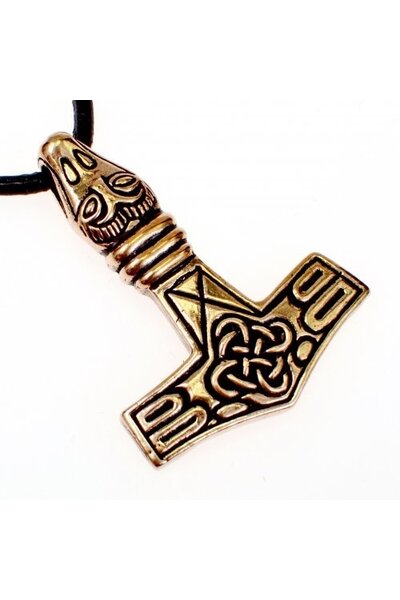Product description
These leg protectors are made after an arm protector found in Valsgärde. Similar protection was probably also worn for the legs. Protection like this was used at least in early medieval Scandinavia. They may have been worn throughout Northern Europe. The leg protector consists of 2 mm thick steel plates that are connected to each other with leather straps. They are 42 cm long and can easily be adjusted to size. These shin guards are suitable for reenactment.
Details:
Material: steel
Steel thickness: 2 mm
Length: 42 cm
Width: 23.2 cm
Delivery: pair
Including scabbard
Based on a historical original
Shipment weight (g): 3000 *
This item is produced in limited quantities only. This means that every piece is unique. Sizes & finish may vary lightly from piece to piece.
Maintenance & care
Prevent rust and corrosion by oiling your armour regularly. Remove rust easily with black sandpaper.
Attaching armour & chainmail
To attach your armour or chainmail securely, you can attach leather laces to your gambeson and fasten these to your armour / chainmail. The armour thus remains in position during a fight.
Tip: How to adjust the finish of your armour and weaponry
Luxurious (polished)- polish the steel with metal polish or toothpaste. You can even give the item a mirror-like polish. Test on a small surface first!
Handmade (matte)- soak the steel in cola for 40 minutes to 20 hours. Check regularly and treat with black sandpaper.
Antique (patinated) leave the steel to rust for some time in a damp environment, preferably outside. Remove the red layer of rust, to reveal the corroded top layer.
Please note. After finishing the product yourself, the warranty and return right expire. Celtic WebMerchant is not responsible for the obtained result."
When packaging this item, we exclusively use 100% recycled plastic and recycled paper/cardboard from FSC certified forests. We reuse a large part of the material directly without the intervention of a recycling process.
Recycle the material by separating your waste:
1. Cardboard: separate or reuse your paper.
2. Plastic cushions, clothing bags and plastic tape: separate or reuse your plastic. If possible, pierce the cushions with a volume reduction needle.
3. Paper packaging for jewelry and small items: these have a plastic inner layer. Remove these, then separate your paper and plastic.
Read here about how we are committed to sustainability.





